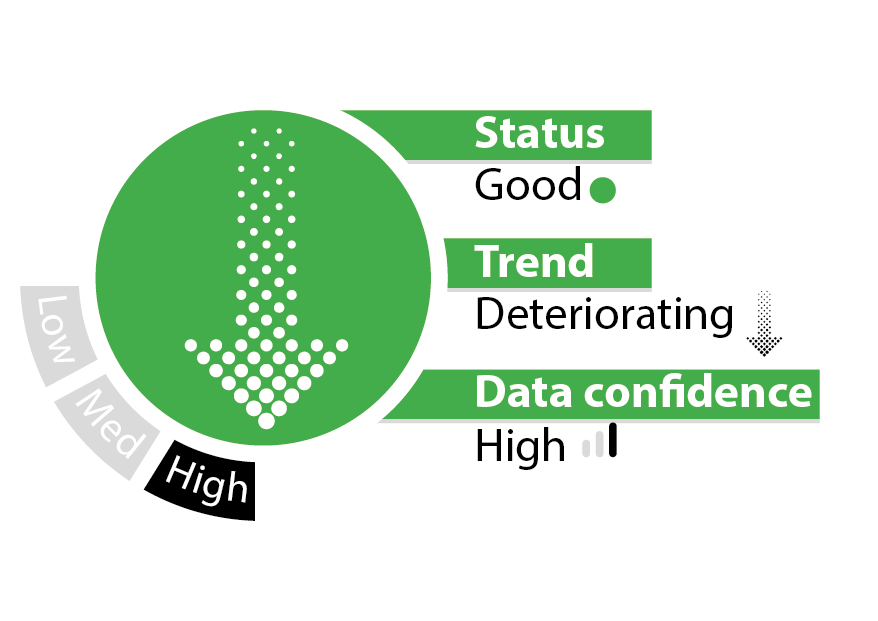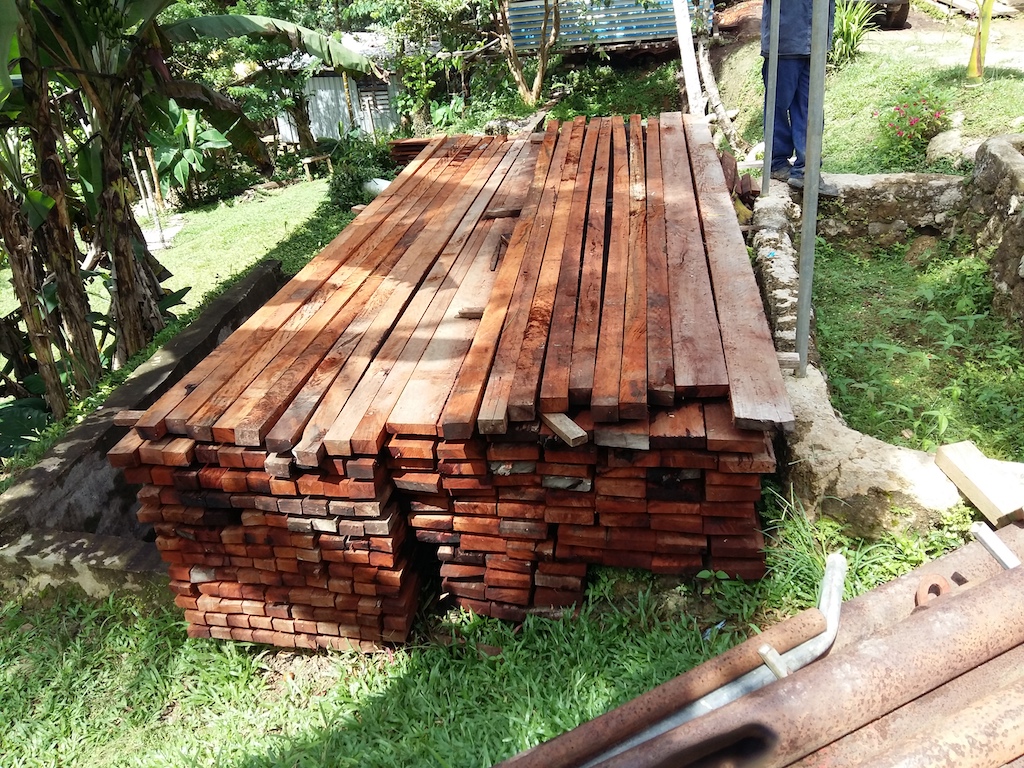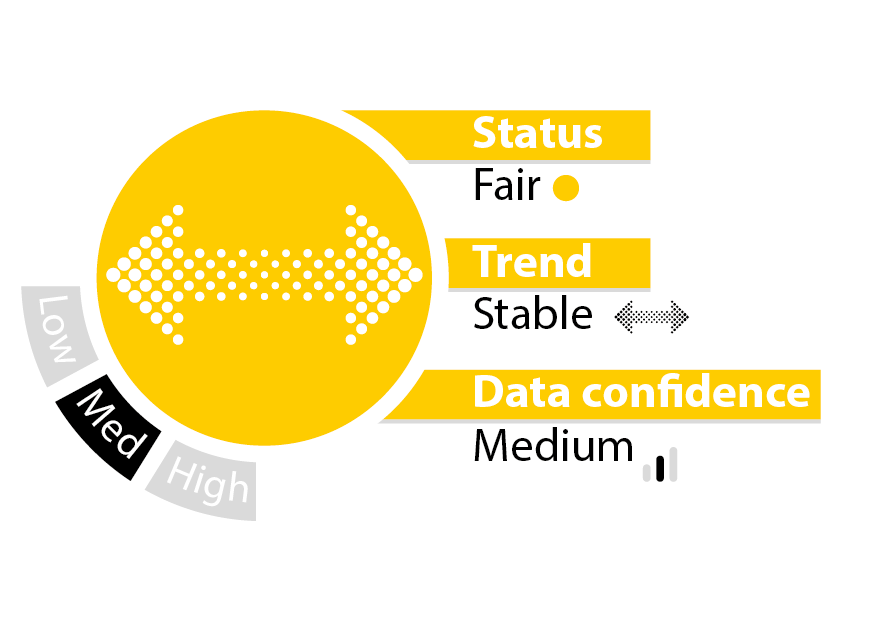Papua New Guinea is endowed with rich natural resources and culture and is known globally as a cultural and biodiversity hotspot. Located on the eastern part of the island of New Guinea, PNG
contains about 1% of the global landmass, with four larger islands and over 600 small islands and atolls. PNG has one of the most diverse reef systems in the world, and an economic exclusive
zone (EEZ) of 3.12 million square kilometres. Over 840 languages are spoken by more than 1000 tribes.
This report presents the latest update on the state of environment in PNG. Although some information is scarce, the report provides a snapshot of our environment, given the diverse pressures
and threats we are facing from both natural and anthropogenic causes. The SoE report uses a reporting model to describe the state of environment in PNG. It identifies driving forces and
pressures that result in the current state of environment and suggests a potential response strategy. Recommendations are presented for future legislative or other actions. Only by knowing
what is happening on the ground, will we make informed decisions in meeting our international obligations to conserve and sustainably manage our natural assets.


